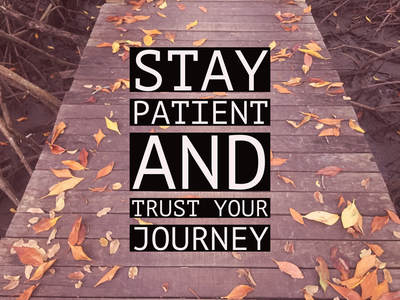Free the Mind, Awaken the Heart…

“It’s not life that causes suffering, it’s our story about life—our interpretation—that causes so much distress.” Pema Chodron
The practice of Mindfulness helps us wake up out of our stories about life. As Pema Chodron, an American Buddhist Nun, tells us, it’s not life/what is happening in life that creates suffering, it’s our interpretation about it. This is great news! It means that we can help ourselves by being willing to be embodied, vulnerable, present and open hearted. We learn to shift from reacting to curiosity, kindness and cultivate the ability to respond to life with compassion. This is something that is lacking when pain is present. Whether it is physical, emotional or mental pain, our tendency is to react with aversion, avoidance or rumination.
There is a saying, “when life gives you lemons, make lemonade!” Easy to say and not always easy to do. And why is that? Because our tendency is to resist; we can get stuck in complaining, procrastinating or ruminating. All these ways of meeting pain, intensify it and transform it into suffering. But what if there were a way to shift towards a more healing and kind response? This is the potential that is offered by the practice of mindfulness.
The Buddha taught the four Noble Truths and implicit in this teaching is the potential and path to free ourselves from the many ways we create suffering. As Thich Nhat Hanh, writes in The Heart of The Buddha’s teaching, “Letting go gives us freedom, and freedom is the only condition for happiness. If, in our heart, we still cling to anything – anger, anxiety, or possessions – we cannot be free.”
See Life as it Really is…
We begin by seeing, experiencing life as it is, rather than how we want/don’t want it to be. Much of the time we live in our rational minds, we use logic to navigate life or we live consumed and controlled by our emotions. To live from either of these places is to be out of balance with life. So it really is important to connect with what heals us. Here we aren’t talking about material things. Yes, we need them, but it’s not something that moves our heart and nourishes us. It is our connection to each other that helps us feel alive, our connection to the breath that brings us immediately into the present moment. And this is where practice comes in….
As we practice, we begin to see, sense and feel what’s happening in real time. We stop getting caught up in our desires and aversions and shift towards being present with life and experiencing it. And what are we staying connected to? Wisdom, kindness, understanding, generosity, compassion and joy, to name a few. We connect with our capacity to accept life as it is and with that acceptance comes the ability to respond to what’s happening in a way that is helpful and wise.
It’s not the Trigger that creates suffering…
The Triggers are the tip of the iceberg. 10% is about the trigger and the remaining 90% includes our experiences, trauma’s, hurts, needs, defenses, expectations, etc. It’s complicated and our mind works so quickly, that it’s difficult to parse out all the different causes and conditions that are arising in the moment. Pema Chodron, describes these tendencies as seeds that live in our unconscious. She says, “In the Buddhist texts, our tendencies with their habitual story lines are described as seeds in the unconscious. When the right causes and conditions come together, these preexisting propensities pop up like flowers in the springtime. It’s helpful to contemplate that it’s these propensities and not what triggers themselves that are the real cause of our suffering.”
How Mindfulness helps…
The practice of mindfulness, specifically meditation is one that helps us gather the scattered attention of
the mind. As we develop this capacity to gather the attention we begin to see beyond the conceptual mind, into experience in real time. For example, if I am sitting on the cushion and I start to have anxious thoughts, instead of following or feeding the thoughts, I can shift attention towards:
- What’s felt in the body (sensations, tightness, agitation, restlessness, etc.)
- Is the mind contracted, lethargic, open
- What emotions are felt in the body? Fear, worry, or some other emotion.
- We can then ask what is needed to help ourselves.
If I’m too overwhelmed by the feelings, I can shift the attention towards the sensation of the breath; actually feeling the sensations of breathing in and out. This shift of attention, towards a neutral object helps stabilize and regulate our emotions. It helps break up the momentum of reactivity. Like hitting the pause button, we get to regroup, connect, and meet whatever is arising with kindness and compassion. We learn to respond to what is happening in the moment, instead of the story about what’s happening. To do this we need to learn how to respond with head and heart together or wisdom and compassion. This is the path to freedom.
“Only within our body, with its heart and mind, can bondage and suffering be found, and only here can we find true liberation.” This is the potential offered by this path.
Come practice with us and learn more about this transformational practice. Join us at our October 5th-7th retreat as we explore and practice together at the Casa San Carlos Retreat Center in Delray Beach. There are still spaces in the shared and private rooms. Reserve your space today. Register here.
May you be well…
